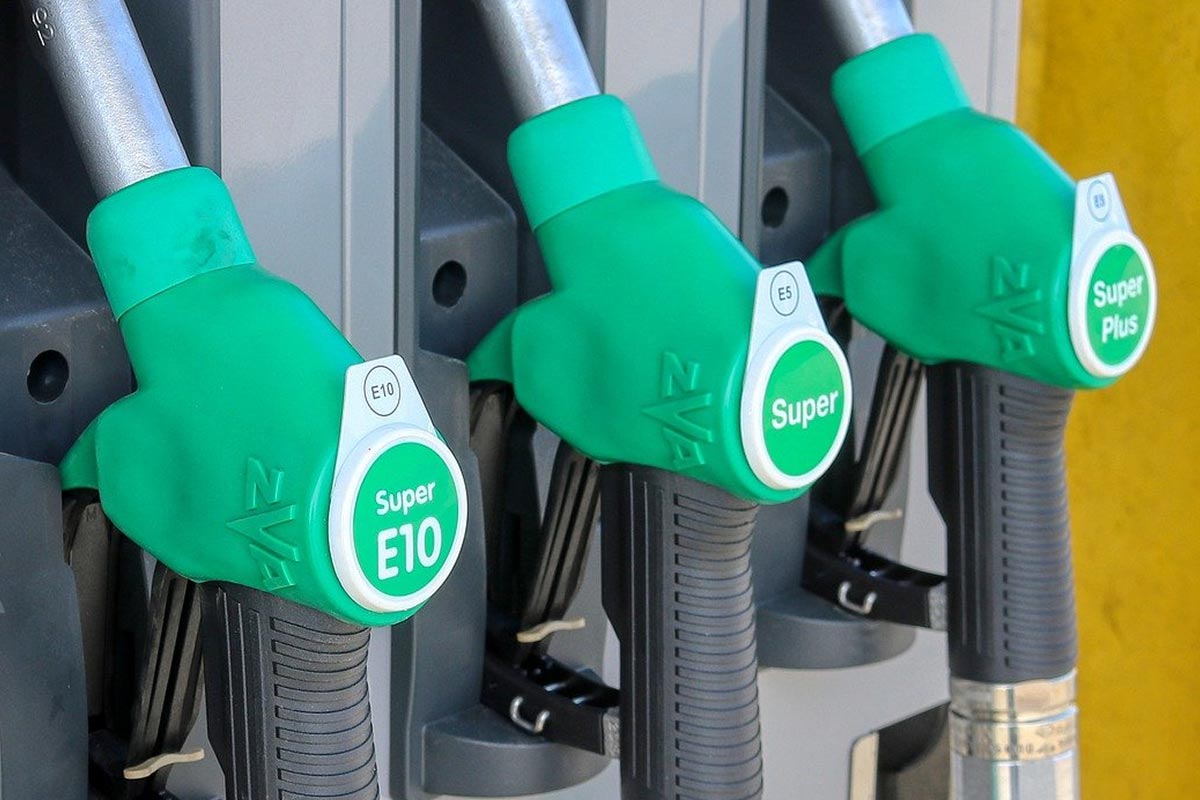When you go to fill up your car, you may be confused by the number of different fuels available with names like ‘super’, ‘premium’ or ‘high octane’. You may be wondering what is the difference between unleaded and super unleaded, and does it matter which kind I put in my car?
In this guide we’ll specifically talk about the different types of unleaded petrol – we’ll discuss diesel and LPG in future articles.
What is the difference between unleaded and super unleaded in the UK?
There are actually a few different types of unleaded petrol, with slightly confusing names.
Standard Unleaded (E10)
- 95 octane rating
- 10% bioethanol content
This is the standard grade of petrol sold at all forecourts in Britain (and soon to be rolled out in Northern Ireland). The “E10” refers to the 10% renewable ethanol content which helps reduce carbon emissions. Most modern petrol cars (sold after 2011) can run on E10.
Premium Unleaded (E5)
- 95 octane rating
- 5% bioethanol content
Although it uses the name “Premium”, this is actually just standard petrol that is suitable for almost all petrol cars. It has a 5% ethanol content, making it suitable for older cars that can’t use E10.
Super Unleaded
- 97-99 octane rating
- Up to 5% bioethanol content
“Super” fuels have a higher octane rating. Certain high-performance cars (particularly Japanese sports cars) require or strongly recommend high-octane petrol. Check your owner’s manual if you are unsure.
You can put super petrol in an ordinary car, but it’s more expensive and unlikely to make any noticeable difference.
Super unleaded can contain some bioethanol, but there no government requirement saying that it has to.
Other premium fuels
Some petrol stations sell their own brand of premium fuel. These are high-octane (super unleaded) with a RON of 97 or higher. In addition to this they often contain extra additives designed to clean or maintain your engine. Different retailers use different names and have slightly different octane levels. We’ve listed a few popular brands below:
| Retailer | Premium Fuel Name | Octane Rating (RON) |
|---|---|---|
| Shell | Shell V-Power | 99 |
| BP | Ultimate Unleaded | 97+ |
| Esso | Synergy Supreme+ 99 | 99 |
| Texaco | Supreme Unleaded 97 | 97 |
| Total | Excellium Unleaded | 95+ |
| Tesco | Momentum99 | 99 |
What does RON mean?
RON stands for “Research Octane Number”. Also known as “octane rating” or “octane number”.
It is a measurement that describes how much compression the petrol can withstand before igniting. Some higher compression engines require a higher octane fuel.
Putting high-octane petrol in a car with a standard engine will not result in higher performance.
Which cars can’t use E10 petrol?
Some older cars built before 2011 cannot use E10 fuel, and should use premium/E5 instead (cars built after 2011 can use E10 without any issues). E10 can corrode or damage components in older engines.
If you are unsure if your car can use E10, you can use the free checker on the government website.
Does my car need super unleaded?
Only high-performance sports cars require super fuel. Putting super unleaded petrol in your standard family car will not make it any faster or more powerful.
Your car’s owner manual will tell you if your car must use super unleaded.
Can you mix normal and super unleaded petrol?
In theory, if you mix even amounts of standard and super fuel, you will end up with a medium octane rating of around 96-97. However there isn’t really a good reason to do this – you should stick to the octane rating recommended by your car’s manufacturer.
In summary…
It is important to use the correct grade of petrol for your vehicle. Putting the wrong fuel in your car will waste money at best, and damage your car at worst.
- For most modern cars – use E10
- For older cars (pre-2011) – use E5
- For high-performance sports cars – use super unleaded
And if in doubt, refer to you owner’s manual!



